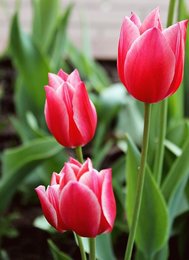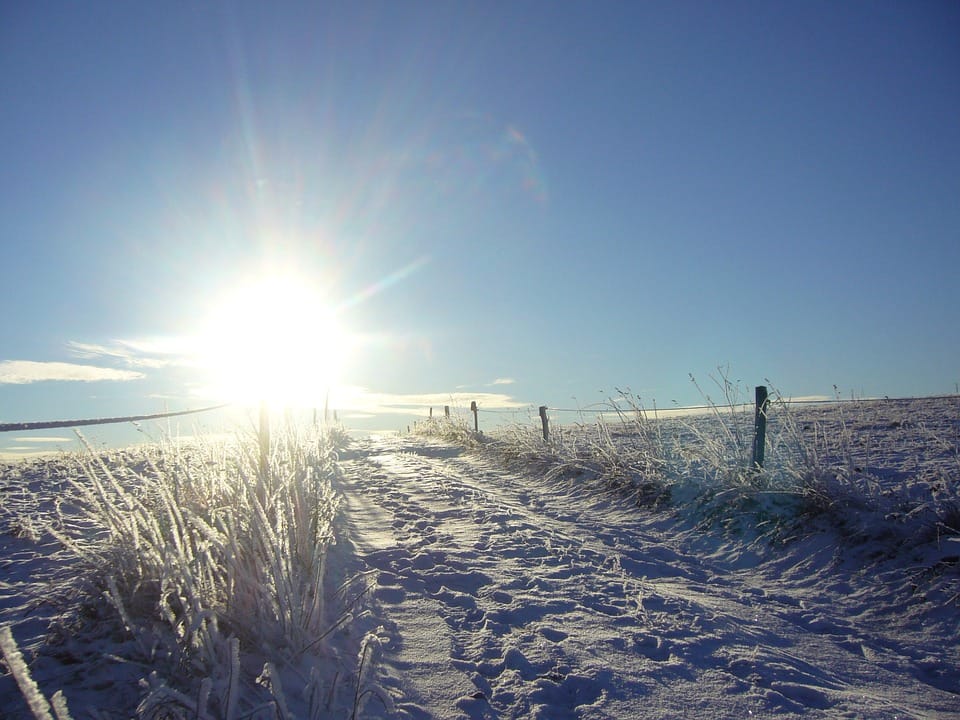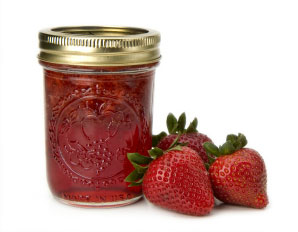 In West Michigan this time of year, especially in the Holland area, it's hard to avoid the hype around the tulip-- and for good reason. These bulbous members of the lily family are an annual reminder that spring has sprung; they thrive in areas with dry summers and cold winters, so West Michigan is a great place to enjoy them. If you're interested in growing tulips, or even if you've had them in your yard for years, we've got some tips for getting the most from these beautiful perennials. For planting:
Tulips don't last long, but they are a welcome flash of color after a cold gray winter. Follow these tips and yours will be the envy of the neighborhood for years to come. Source: Farmer's Almanac. Read more on raising tulips here.
0 Comments
 We officially hit the Winter Solstice at 5:44am yesterday. The Solstice fell on December 21 this year, but did you know that it can fall anywhere from December 21 through December 23. That means today is officially the first FULL day of winter. On the flip side (of the planet), today marks the first full day of summer. But what exactly is the Winter Solstice? From the Old Farmer's Almanac: Winter solstice is the day with the fewest hours of sunlight during the whole year... The next big event in our planet's rotation around the sun will be the Spring Equinox-- March 20, 2017 at 6:29am. That's just 88 days, people! It's never too soon to start planning your garden for next season.
 “Treat your soil well and your lawn will look amazing. "Apply compost in the spring and fall.” “Don’t worry if your lawn doesn’t look like the outfield at Comerica Park. Embrace a little clover.” “Water less frequently, water deeper.” Good Sweet Earth lawn customers have been hearing these things from us for years. And we’re always happy when we see this type of information appear in mainstream publications. Needless to say, when organic lawn care tips appeared in the Old Farmer’s Almanac, we were ecstatic; here's an excerpt: The more you let nature do the work for you, the easier it will be to care for your lawn. Always pay attention to the soil! Your lawn needs nourishment.
If you're in west Michigan and you’d like to learn more about growing a healthier lawn through organic (chemical-free) maintenance, check out our lawn service options, or contact Good Sweet Earth’s lawn guy Steve Veldheer at [email protected].  If you share a love for these three things– the home-spun wisdom of The Farmer’s Almanac, fresh strawberry jam, and canning stuff from the garden– then do we have a recipe for you! First, if you haven’t learned how to can fruits and veggies, this is something you really should try. When you’ve got jars of your harvest stored in your pantry, then you can enjoy the taste of summer well into the dark and cold months of winter. Second, is there anything finer than a fresh strawberry jam? It is quite possibly the most-enjoyed of all the fruit flavored jams– it’s a step up from the grape jelly we all enjoyed as kids, but it’s not so exotic as to turn off the most finicky of eaters. And so, from the Farmer’s Alamanc, here is a great recipe for producing your own strawberry jam that can be enjoyed all year long (when you can it properly!): Ingredients: 4 cups of hulled, mashed strawberries (about 2 pounds fresh strawberries) 4 cups white sugar ¼ cup lemon juice Note: You can buy commercial pectin, though you don’t necessarily need to add any. Pectin occurs naturally in fruit, and is what helps the jam set. Adding liquid pectin can help jam cook more quickly and creates a slightly different texture. If you use it, be sure to follow the accompanying instructions to make sure your jam sets properly. Equipment: -Wide-mouth glass jars, bands, and NEW metal lids with rubber seals (you can reuse the jars and bands). -Large, non-stick pan -Long-handled wooden spoon -Non-reactive bowl (glass or plastic) -Candy thermometer (optional) -Boiling-water canner or deep pan with a canning rack or basket -Tongs -Small spatula -Clean dish towel First, sterilize your jars and lids. Wash them in hot, soapy water. Place the jars in a deep pan of boiling water, and boil for 10 minutes. Place the flat metal covers into a pan of simmering water. Leave lids and jars in the water until needed. Mix the strawberries, sugar, and lemon juice together in the large pan. Don’t fill it to the top, as the mixture could bubble over the edge. Heat on low, stirring until the sugar is dissolved—about 20 minutes. Bring the mix to a boil, stir often, and cook until it reaches the setting temperature of 220 degrees. If you don’t have a candy thermometer, spoon some jam onto a chilled plate, let it cool, then run your finger through the middle of it. If the jam holds its shape and doesn’t run back together, it’s ready! Let the jam stand for ten minutes. In the meantime, carefully remove the jars and lids from the hot water with tongs—have a clean towel handy to set them on. Skim excess foam off the top of the jam with a spoon, and then spoon the jam into the jars leaving a quarter inch at the top. Wipe off the rims and run the spatula along the inside wall of the jar to let air bubbles escape. Place the metal lid and then screw on the band. To preserve your jam for up to six months, process it by putting the jars into the boiling-water canner, following any instructions that come with it. You can get one at the supermarket, but if you don’t have one, place a wire rack in a deep pot, bring water to a boil, and boil the jars for ten minutes. Carefully remove the jars and set on a towel, allowing them to cool overnight. Check the lids to see if they sealed before storing in a cool place. |
